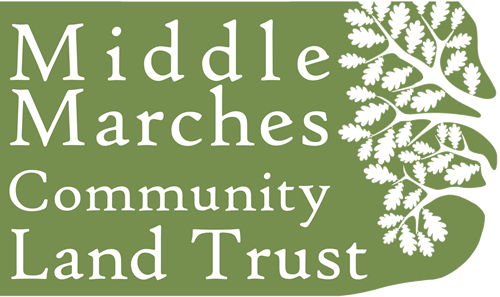Restoring Shropshires Verges Project (RSVP)
Over the last 60 years, 97% of our wildflower meadows have been lost, which has had a huge impact on wildlife. Road verges offer a real opportunity to help reverse this loss and if managed correctly, they could form long, linear meadows, providing habitat in themselves, but also helping to link up fragments of remaining meadow.
Unfortunately, many verges are cut too early in the year, sometimes several times, with the cuttings left to rot down. This type of management removes food sources for pollinators and destroys most finer grasses and wildflowers, leaving the verges to become dominated by ‘rank’ vegetation such as coarse grass, hogweed and nettles. Instead, managing verges as mini-hay meadows would store carbon, replenish the seed bank, restore floral diversity, save Shropshire Council money, create habitat and provide nectar and pollen.
In many places throughout the UK road verges are now being managed as mini meadows, allowing wild flowers to thrive and attracting insects and other pollinators. This ensures the survival and natural spread of many native wildflowers both common and rare, and provides food for insects that pollinate our food crops.
Restoring Shropshire’s Verges Project (RSVP) was set up by local people to create wildflower-rich meadows on Shropshire’s verges. It was formed in 2018 and is run entirely by volunteers, with the support of the National Trust, the Stepping Stones Project, Shropshire Hills AONB, Plantlife, Shropshire Wildlife Trust and Caring for God’s Acre.
Shropshire Council have overall responsibility for verge management and RSVP is also working with the Council to plan how future verge management could better benefit wildlife, reduce carbon emissions, and enhance the beauty of our roadsides.
Shropshire Council, the highways department and main contractor Keir have all signed up to adopting Plantlife guidelines for verge management , see guidance at
https://plantlife.love-wildflowers.org.uk/roadvergecampaign/management-guidelines
In the meantime, local volunteers are ‘adopting’ verges throughout the county with RSVP sites being established across the County. The grass verges could be transformed into a beautiful, diverse tapestry of wildflowers, providing a welcome splash of colour on the road and a haven for wildlife. Safety remains paramount and of course any verges which need to be cut regularly to help with road visibility are continueing to be cut.
We welcome the views and involvement of MMCLT members as the support of the local community is vital in restoring this incredibly important habitat, whilst also addressing concerns about road safety, visibility, or other local issues.
Please follow us on social media (@ShropsVerge on Twitter and Facebook) and contact us (stepping.stones@nationaltrust.org.uk) to get involved with planting, sowing seeds, growing on plug plants and many other opportunities the project can provide.
Edgton Village case study managed by board member Janet Cobb is at
https://plantlife.love-wildflowers.org.uk/uploads/documents/RVcasestudy_EdgtonShropshire.pdf
An example of a restored verge created after hedge laying in Edgton Village, from this to this in just two years.


